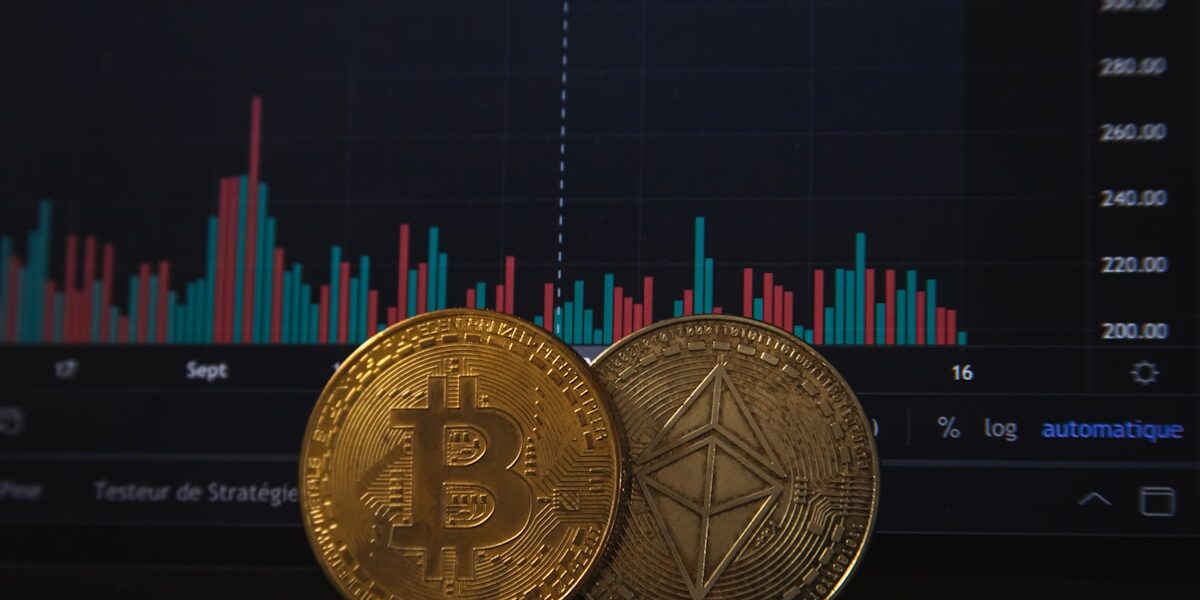Understanding the 1958 D Wheat Penny Value
The 1958 D wheat penny is a notable coin for collectors. This penny marks the end of the wheat penny era in the United States. It was minted in Denver, recognized for its D mint mark. Before exploring its value, understanding its background is essential.
The wheat penny, also known as the Lincoln wheat penny, was first produced in 1909. It replaced the Indian Head cent and featured Abraham Lincoln to commemorate his 100th birthday. The reverse side displayed two sheaves of wheat, giving it the name wheat penny. This design ran until 1958 when it changed to the Lincoln Memorial design in 1959.
The 1958 D wheat penny is the final year of the wheat reverse design, giving it historical significance. Over 800 million of these pennies were minted, making them common. Despite their commonality, certain factors determine their value to collectors.
Factors Influencing Value

The first factor is the condition of the coin. Coins are graded based on their condition using the Sheldon Scale, ranging from Poor (P-1) to Perfect Mint State (MS-70). The 1958 D wheat penny is no different in this aspect.
- Mint State (MS): These coins exhibit no signs of wear. They retain original mint luster and appeal. A 1958 D wheat penny in MS-65 or higher is quite valuable, though not exceedingly rare.
- About Uncirculated (AU): These pennies show minimal signs of wear. A small decrease in value occurs compared to mint-state coins.
- Fine (F) to Extremely Fine (XF): Signs of wear are noticeable, but major details remain sharp. The value is significantly less than uncirculated coins, yet still collectible.
- Good (G) to Very Good (VG): Much of the fine detail is worn away. These coins are more common and less valuable.
Mint Errors and Varieties
Errors during the minting process enhance a coin’s value. For the 1958 D wheat penny, such errors can include:
- Double Dies: A misalignment process creates doubled images on the coin. While rare for the 1958 D, such errors increase desirability.
- Off-Center Strikes: Occurs when the coin is not correctly aligned with the die, resulting in a portion of the design missing.
- Overstrikes or Repunched Mint Marks: Repunching occurs when a mint mark is struck more than once, leading to overlapping impressions.
These errors offer uniqueness, attracting collectors willing to pay a premium. While not common, it’s worth examining your coins for these little quirks.
Market Demand and Historical Significance
The value of the 1958 D wheat penny isn’t solely in its intrinsic features; market demand plays a significant role as well. Collectors often seek the final coins of a series, increasing their market value slightly. The 1958 D wheat penny, being the last year of the wheat penny, benefits from this.
Historical significance can also drive interest. Lincoln’s detailed profile on the obverse adds to the historical allure. Recognized as a milestone in American coinage, the 1958 D serves as a connection to a different era.
Assessing and Selling Your 1958 D Wheat Penny
If you’re evaluating your coins, examine them closely under good lighting. Use a magnifying glass to spot potential mint errors. Seek a reputable coin dealer for professional grading and appraisal. Online platforms and coin shops offer venues for selling, each with its pros and cons.
Online auctions can attract competitive bids but may also require seller fees. Local coin shops provide a more direct selling approach, though with less room for negotiation. Choose the method that best suits your comfort and goals.
Collecting Tips
- Focus on quality over quantity. One well-preserved penny usually has more valuation than multiple worn ones.
- Stay informed about market trends. Prices fluctuate based on collector interest and economic factors.
- Preserve the pennies properly. Store them in a cool, dry place. Use containers specifically designed for coin storage.
- Connect with other collectors. Join numismatic societies to share knowledge and resources.
Understanding the 1958 D wheat penny involves knowledge of its condition, mint errors, and market factors. By carefully assessing these elements, you can better appreciate its place in your collection or investments.
Recommended Collecting Supplies
Coin Collection Book Holder Album – $9.99
312 pockets for coins of all sizes.
20x Magnifier Jewelry Loupe – $13.99
Essential tool for examining coins and stamps.
As an Amazon Associate, we earn from qualifying purchases.



Subscribe for Updates
Get the latest articles delivered to your inbox.
We respect your privacy. Unsubscribe anytime.